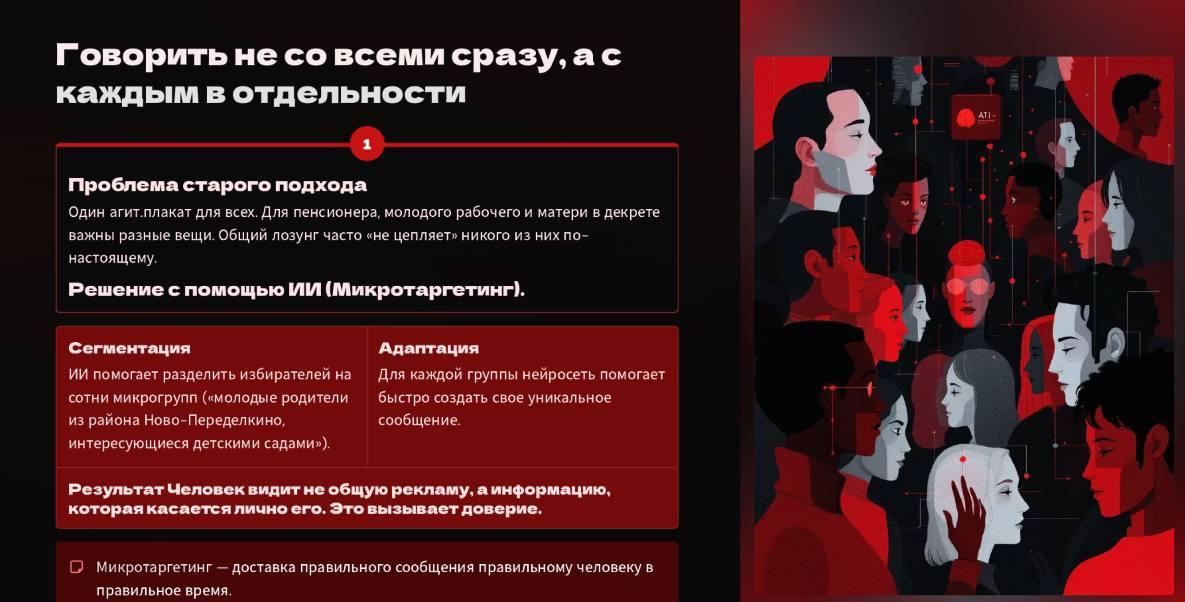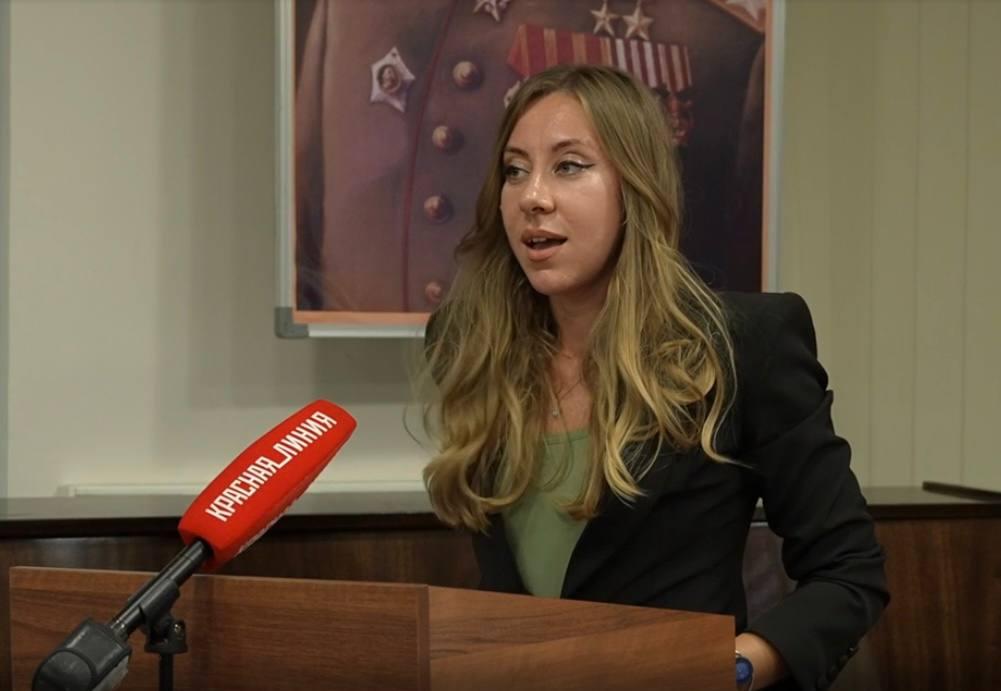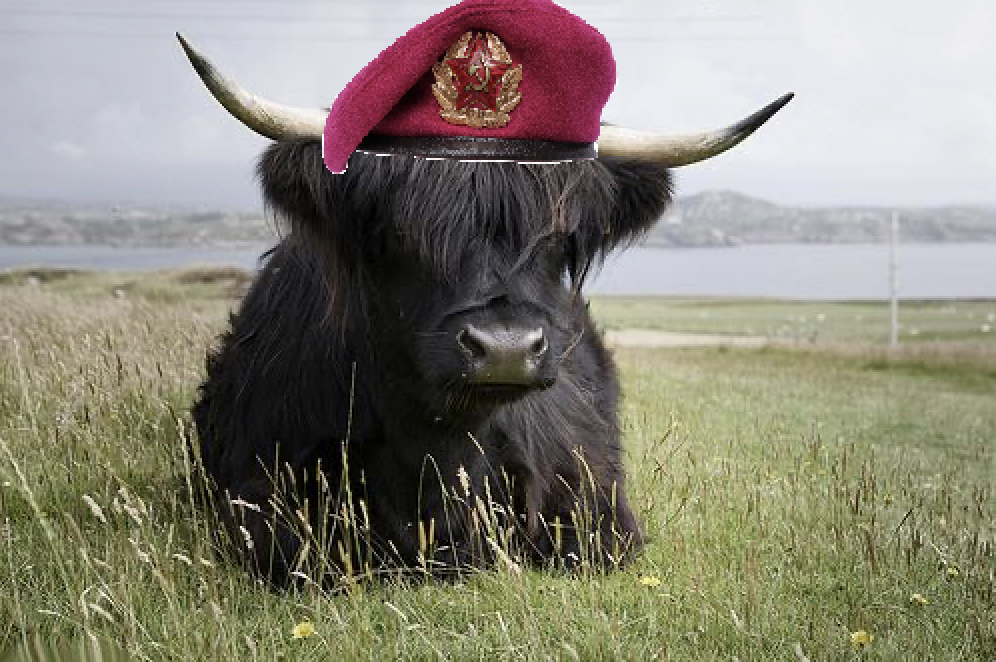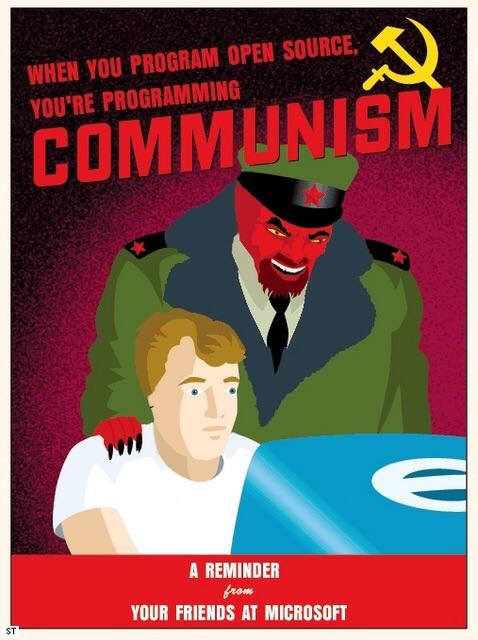Below we publish the speech of M.G. OBRAZTSOVA, Advisor to the Chairman of the Central Committee of the Communist Party of the Russian Federation and Candidate of Economic Sciences, at the Working Meeting on New Forms and Methods of the Communist Party of the Russian Federation’s Work with the Population on October 28, 2025:



- Comrades!
We are on the threshold of the 2026 State Duma elections. Alongside the federal campaign, elections to a number of regional parliaments will be held. The political battle for the hearts and minds of voters is serious. In 2026, 7.5 million young voters will vote for the first time. The internet and social media have long been their primary sources of information. Our task is not simply to be where they are, but to speak their language and win their trust using modern methods.
Let’s be honest: traditional methods—meetings with residents, newspapers, leaflets—are still important. They’re our foundation. But today we face a new challenge. Young people hardly read printed materials, they’re not interested in television, and our advertising budgets are nowhere near those of the pro-government ones. Recognizing this, the government has created entire digital brainwashing factories, whose budgets are now measured not in millions, but in billions. Their army of state media managers shapes the agenda around the clock, monitors public sentiment, and uses both big data and AI.
What to do? Use the same tools, but wisely and in a more authentic way, not for the sake of manipulation, but to get closer to each person.
Today, neural networks are becoming a tool just like a telephone or a computer. And this tool gives us three things: precision, economy, and scale.
Accuracy: Find your own
Imagine: you print 10,000 leaflets and distribute them throughout your neighborhood. How many people will read them? Statistically, less than 15%. How many of them are truly potential supporters? Maybe a thousand. And the remaining 9,000 are wasted money and effort.
Now it’s different. Artificial intelligence analyzes social media, comments, and the groups people are part of. And it finds those who are interested in fair wages, who are outraged by rising prices, who are nostalgic for the stability of the USSR. AI shows us a map: this house, this street—that’s where like-minded people live. And that’s where we go.
In the 2024 Moscow elections, one candidate did just that: he created 150 different messages for 150 buildings in his district. Each building had its own problem: a leaky roof here, a playground that wasn’t being repaired there. And each building received a leaflet specifically about its problem. The result? Turnout increased by 34%. That’s what precision means.
Saving: Don’t shoot sparrows with a cannon
The classic approach: run a TV ad. The cost is half a million rubles per spot. The reach is a million people. Sounds impressive. But of that million, maybe 10,000 are actually ours. So, we’re paying 50 rubles per contact with a potential voter, and 98% of the budget is wasted.
Now let’s recalculate. Targeted social media advertising using AI. We create 50 different messages for 50 micro-groups—young parents, teachers, low-income retirees, factory workers. Cost: 50,000 rubles. Reach: 50,000 of our people. Cost per contact: 1 ruble.
This isn’t fiction—it’s real data from the 2023-2024 regional elections. Parties that used AI-powered microtargeting increased voter turnout among their “own” voters by 12-18% while reducing costs by 40%.
Scale: One AI agitator is equal to fifty without AI
Here’s another example—this time from abroad, but very telling. India, 2024 elections. Prime Minister Narendra Modi used AI-powered voice cloning technology. A neural network created her speeches in 20 regional languages and dialects. Each village received a personalized audio message in its own language, tailored to local issues. The total reach was over 400 million personal messages.
Imagine: one leader speaking to each voter personally in a language they understand. Without AI technology, this is physically impossible.
Important: AI technologies are already being used at the municipal and regional levels in Russia. They are being used by the ruling parties and other spoilers. Those who use them achieve conversion rates three to four times higher than with a standard leaflet campaign. This means that three out of four people we reach will turn out and vote.
Artificial intelligence doesn’t replace humans. On the contrary, it saves time for creativity and personal growth. AI can already process tens of thousands of comments on social media to understand the concerns of people in a particular area. It writes texts, prepares leaflets, and tailors messages to each individual. Most importantly, it allows us to move from an anonymous mass to a personal dialogue.
An important principle is that we don’t target mass audiences, but rather specific micro-audiences: groups of voters united by a common problem and similar media consumption patterns. For example, not just “women 35+,” but “mothers on maternity leave in Ryazan dissatisfied with the price of baby food.” Or not just “pensioners,” but “people with incomes below 18,000 rubles interested in Soviet history and healthcare.” For each such group, AI helps craft a tailored message, inspiring trust and motivating action.
The AI constantly monitors the news. As soon as a news item, for example, about a milk price increase, is released, the Communist Party of the Russian Federation publishes a post within two hours, selects a striking graphic, and within six hours, the reach reaches 200,000 people who care about the issue.
Similar technologies have long been used around the world. In Argentina, thanks to voter sentiment analysis and precise video messages sent via WhatsApp, outsider Javier Miley won, increasing his approval rating from 30% to 56%. In the US, during the 2024 midterm elections, chatbots took over call center operations, ensuring that nearly one in four families who called in to vote showed up at the polls.
What do we need for Victory?
First, stop treating this as something distant and immediately implement it into our party work and political activities. The technology exists. It’s accessible. It works. And our competitors are already using it to its full potential.
Secondly, one enthusiastic hero is good. But victory requires a coherent and coordinated system: from a central headquarters that sets the direction, regional competence centers that help local comrades master the tools, to every local activist who, using neural networks, creates content about local issues and distributes it in neighborhood chats and local public groups. Most importantly, we must have “digital agitators” in every home, every workshop, every neighborhood.
V.I. Lenin said that communism is Soviet power plus the electrification of the entire country. Today, the formula for victory is people’s power plus the digitalization of the entire party.
Our opponents are using technology to maintain power. We must not only keep up, but also embrace technological progress and put artificial intelligence at the service of the Communist Party of the Russian Federation and the people.
Master it! Apply it! Win!
Actually a really good speech. Even i as an AI skeptic have to admit she makes good points. Traditional methods should not be discounted and an over reliance or over dependence on digital technology should absolutely be avoided, but still a communist party should embrace whatever methods are effective and conducive (as long as there is solid evidence to support that these methods are indeed as effective as they are claimed to be) to achieving victory in the struggle.
It really is a good idea too! It also shows the importance of reaching as much people as possible. Also, it will be interesting if this was also applied in other countries. It is reality that every region has its own needs and if we go even smaller the needs could be even more specific. For example, this part:
An important principle is that we don’t target mass audiences, but rather specific micro-audiences: groups of voters united by a common problem and similar media consumption patterns. For example, not just “women 35+,” but “mothers on maternity leave in Ryazan dissatisfied with the price of baby food.” Or not just “pensioners,” but “people with incomes below 18,000 rubles interested in Soviet history and healthcare.” For each such group, AI helps craft a tailored message, inspiring trust and motivating action.
From a perspective of improving agitation, this could also help to analyze as much as possible to generate more grassroot orgs focused for specific needs with a specific message. For farmers, a message. For tech engineers, another message and so on.


